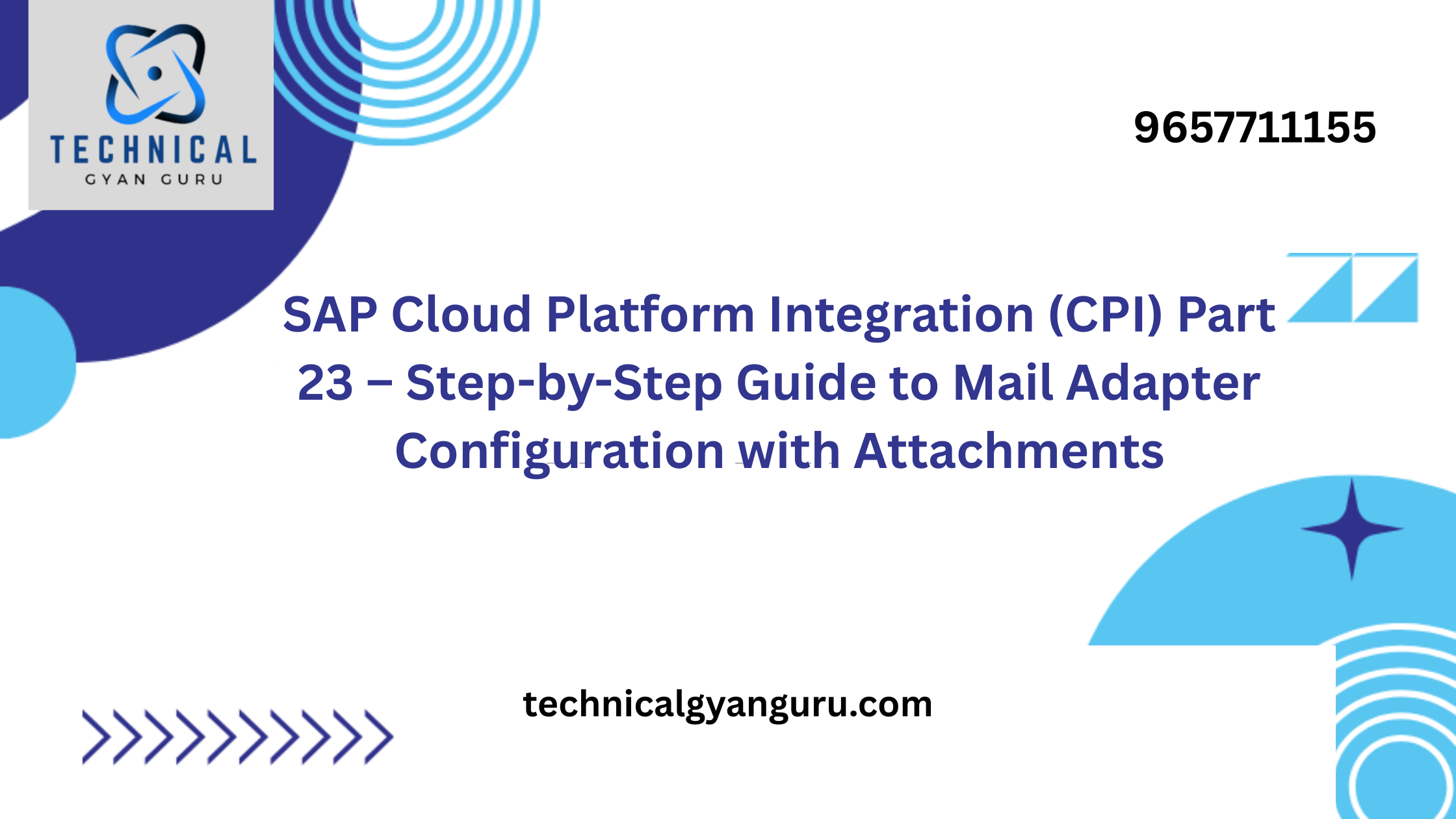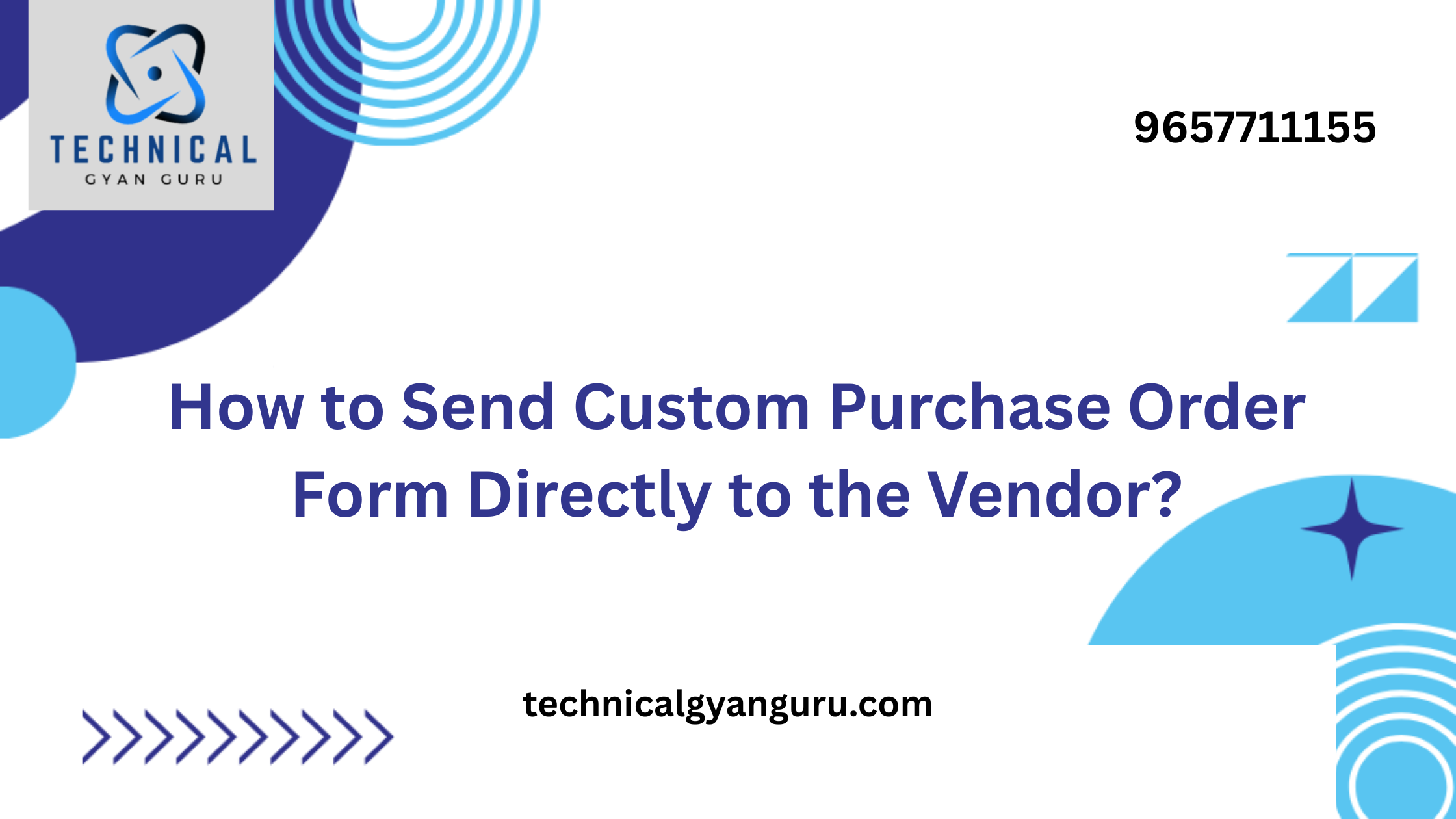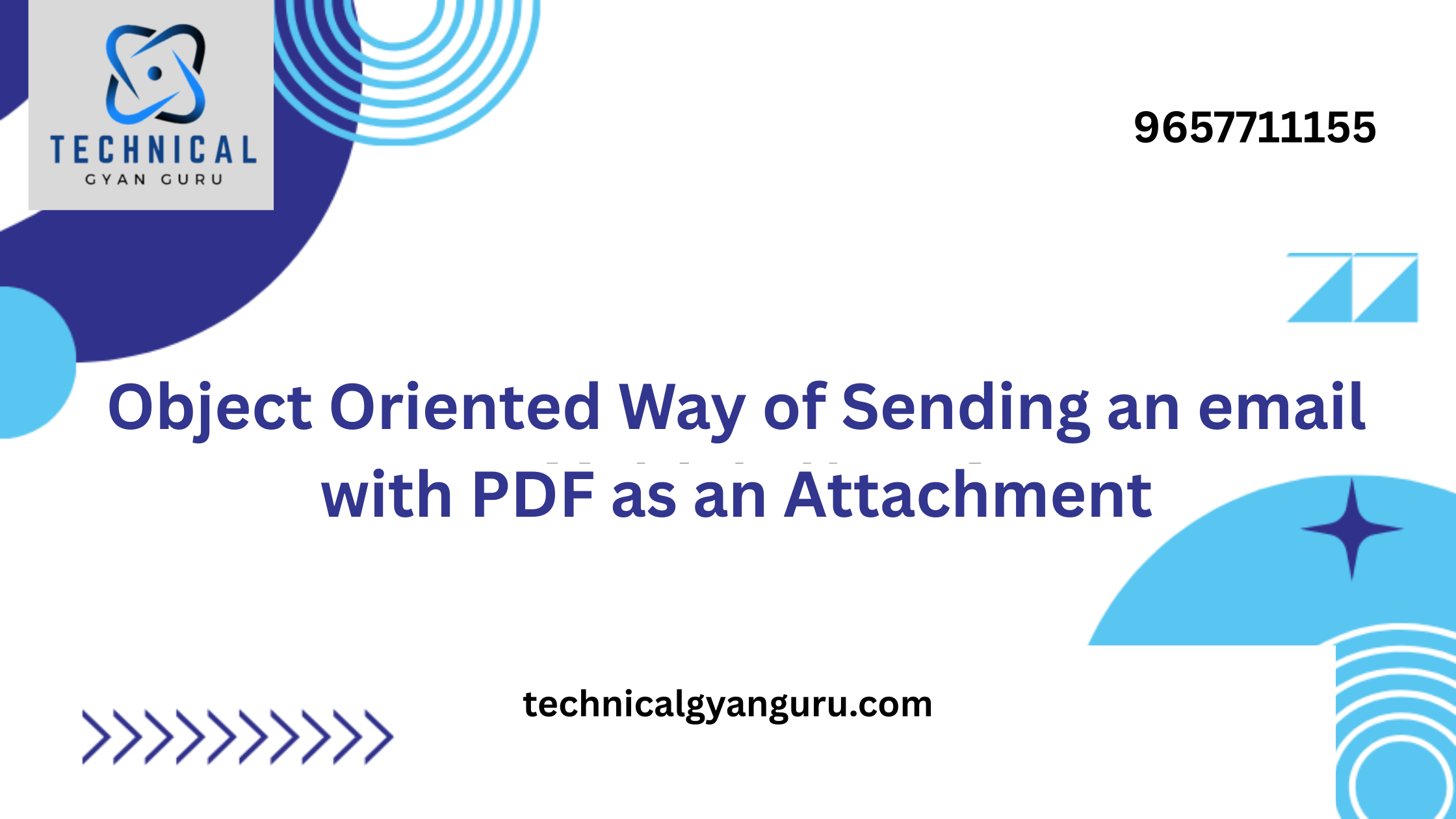
Introduction: In the ever-evolving world of SAP (Systems, Applications, and Products) development, creating and consuming OData services has become fundamental to enabling seamless integration and data access across various applications. In this blog, we embark on a journey from the basics to advanced OData services in SAP ABAP, exploring how this technology empowers developers to expose and consume data efficiently.
Chapter 1: The Basics of OData
At its core, OData (Open Data Protocol) is a standardized protocol for building and consuming RESTful APIs. In SAP ABAP, creating basic OData services involves defining data models using Data Dictionary objects and then generating service definitions. These services allow you to read, create, update, and delete data entities.
- Data Models: Create or utilize existing Data Dictionary objects like tables, views, or CDS views to define your data models.
- Service Generation: Use transaction SEGW to generate OData service definitions from these data models.
- Entity Sets: Entity sets define collections of entities, while entities represent individual data records.
- HTTP Methods: OData supports HTTP methods like GET (Read), POST (Create), PUT (Update), and DELETE (Delete) for CRUD operations.
Chapter 2: Consuming Basic OData Services
Consuming OData services in SAP ABAP is just as important as creating them. You can use the OData client library to interact with OData endpoints.
- HTTP Requests: Formulate HTTP requests to OData services using classes like
cl_http_client. - Parsing JSON/XML: Parse the JSON or XML responses returned by the OData service using standard SAP ABAP tools.
- Error Handling: Implement error handling to gracefully manage service responses and exceptions.
Chapter 3: Taking OData to the Next Level
Moving beyond the basics, advanced OData services in SAP ABAP offer more capabilities and customization options.
- Query Options: Utilize OData query options such as
$filter,$expand,$orderby, and$selectto fine-tune your data retrieval. - Custom Operations: Define custom operations in your OData services to perform specific business logic.
- Versioning: Implement versioning to maintain compatibility as your OData services evolve.
- Batch Processing: Enable batch processing to group multiple requests into a single transaction for efficiency.
- Security: Secure your OData services by implementing authentication and authorization mechanisms.
Chapter 4: OData Service Maintenance
Maintaining your OData services is an ongoing task that includes updates, optimizations, and ensuring the services align with changing business requirements.
- Version Management: Manage different versions of your OData services to support legacy clients.
- Performance Tuning: Optimize your services for better performance, including implementing caching strategies.
- Error Handling: Enhance error handling to provide meaningful feedback to consumers.
- Monitoring and Logging: Implement monitoring and logging mechanisms to track service usage and troubleshoot issues.
Chapter 5: Future Trends in OData Services
The world of SAP ABAP and OData is continually evolving. Keeping an eye on future trends can help you stay ahead in your development journey.
- GraphQL Integration: Consider integrating GraphQL alongside OData to provide more flexible querying options.
- Serverless Computing: Explore serverless computing for scalable and cost-effective OData service hosting.
- AI and ML Integration: Integrate AI and ML capabilities into your OData services for advanced data analysis.
- Blockchain Integration: Investigate blockchain technology for secure and transparent data transactions.
Conclusion
From basic CRUD operations to advanced customization and future-ready innovations, OData services in SAP ABAP provide a powerful framework for data integration and access. By mastering the basics and continually expanding your knowledge, you can harness the full potential of OData to create efficient and effective data services for your organization’s needs. The journey from basic to advanced OData services is not just about mastering a technology but also about unlocking new possibilities for SAP development and integration.








